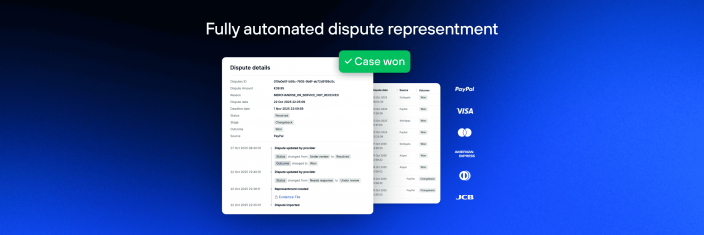Fraud Blacklist
A fraud blacklist serves as an archived database containing personal data and transaction histories associated with confirmed instances of fraudulent activities. Subsequent transactions are cross-referenced with this list, and orders sharing matching information are automatically rejected.
This database is designed to predict and preempt fraud based on past interactions. When fraudulent behavior is detected, relevant transaction details are logged in the blacklist. Subsequently, all incoming transactions are scrutinized against this record. If an order attempts to use the same flagged information, the system declines the transaction.
Blacklisting provides an effective means to identify and thwart potential fraudsters before they can execute their schemes.
How does a fraud blacklist operate?
- Data Parameters: A fraud blacklist can incorporate various criteria, depending on the settings you establish. This may include factors like IP addresses, email addresses, physical addresses, credit card numbers, and more. It even has the capability to block orders originating from entire countries or regions if an excessive number of fraudulent orders stem from those areas.
- Inter-Merchant Collaboration: In certain instances, different merchants may collaborate by sharing their respective blacklists. This cooperative effort aims to create a robust barrier against using cards in fraudulent transactions. To a lesser extent, blacklists can also deter repeated instances of chargeback abuse, a phenomenon known as “friendly fraud“.
The fraud blacklist is a valuable tool for identifying and preventing fraudulent activities. It leverages historical data and sophisticated parameters to safeguard against fraudulent transactions and potentially abusive chargebacks.
 PayPal
PayPal Blog
Blog

